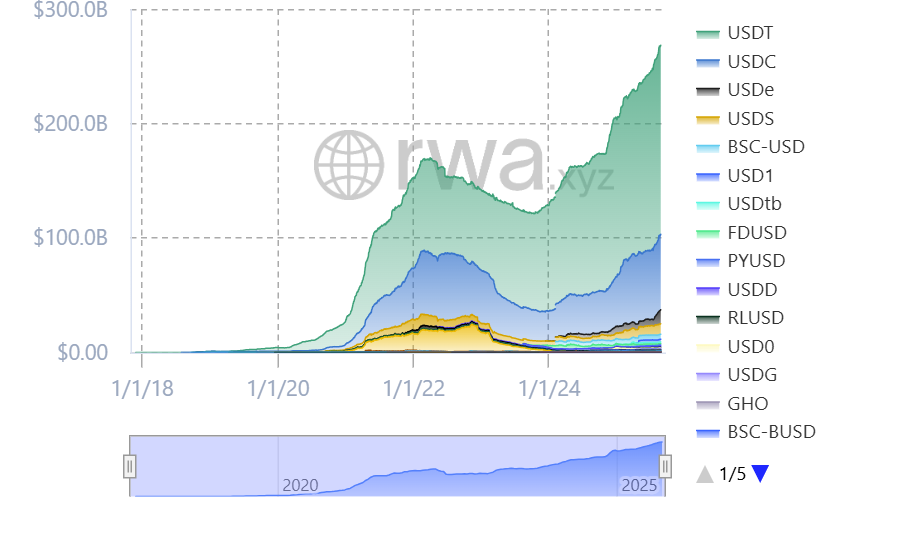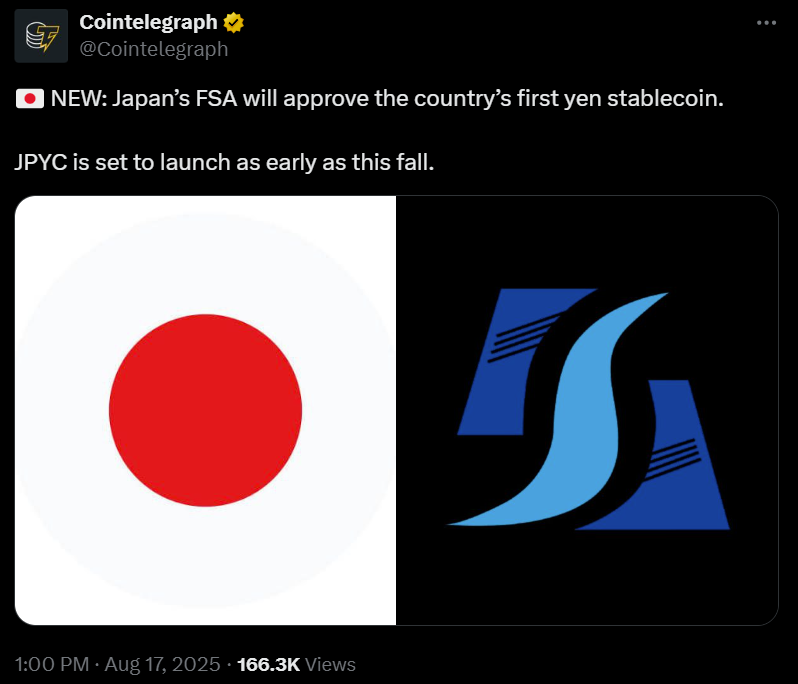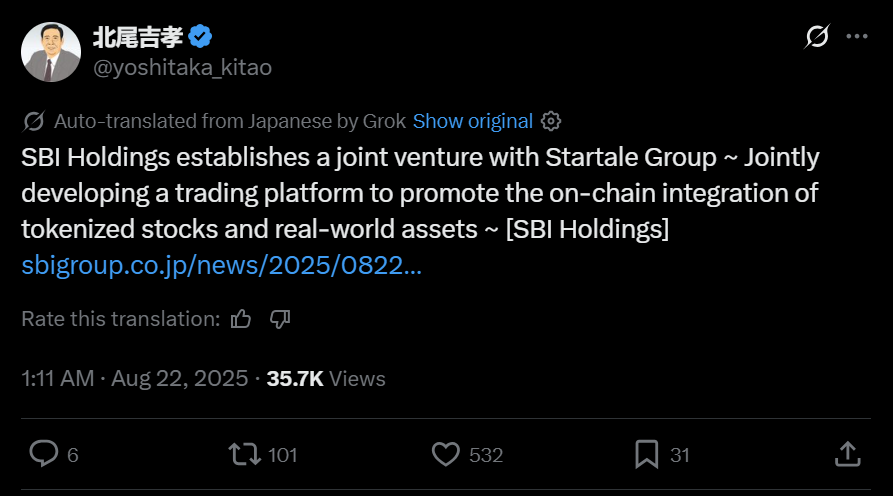
The Diverging Paths of Stablecoin Regulation
Japan‘s early adoption of a comprehensive stablecoin regulatory framework in 2023, enshrined in amendments to the Payment Services Act, initially positioned the nation as a global leader in this burgeoning financial technology sector. However, the United States, with the impending implementation of the GENIUS Act, appears poised to overtake Japan in terms of market activity and widespread adoption. This stark contrast highlights a fundamental difference in regulatory philosophy and its implications for the pace of innovation.
Japan: A Focus on Systemic Stability
Japan‘s approach, emphasizing systemic stability, has resulted in a tightly controlled environment where only licensed banks, trust banks, and registered money transfer agents can issue stablecoins. This measured approach, while prioritizing investor protection, has arguably stifled the rapid expansion seen in other markets. The absence of a thriving yen-stablecoin economy, despite the legal framework, underscores this point. The upcoming launch of the first yen-backed stablecoin by JPYC, backed by bank deposits and Japanese government bonds, is a step forward, but the broader impact remains to be seen. The Monex Group also plans to release its own yen-backed stablecoin. Its potential entry is notable given the company’s reach through subsidiaries like Tradestation and Coincheck, potentially increasing user adoption.
The US: A Market-Opening Approach
In contrast, the GENIUS Act in the US adopts a more open approach, allowing not only banks but also federally licensed non-bank companies to issue stablecoins, provided they meet specific reserve and compliance standards. This broader eligibility is expected to foster greater market participation and innovation. The US strategy signifies a proactive embrace of the potential of stablecoins, prioritizing market growth and user adoption, even if it entails accepting greater risk.

Implications and Future Prospects
The contrasting approaches of Japan and the US offer a valuable case study in the complexities of stablecoin regulation. While Japan‘s cautious approach seeks to ensure financial stability, the US is signaling a more expansive vision. Takashi Tezuka of Startale Group suggests that global infrastructure is being constructed to support enterprise-grade capital markets, which is an area in which Japan‘s focus on infrastructure might position it well in the long term.
- Tokenization: Startale is working with SBI to create a platform for tokenized assets, giving investors 24/7 access, near-instant settlements, and fractional ownership.
- Corporate Use: Startale focuses on expanding corporate stablecoin use by improving liquidity, which opens the door for programmable treasuries.
Ultimately, both Japan and the US are navigating the evolving landscape of stablecoins, each with its distinct strategy. The coming years will reveal which approach proves more effective in fostering widespread adoption and realizing the full potential of this transformative technology. The success of these efforts has important implications for the global financial system, the integration of crypto assets and the ability of traditional markets to embrace innovation.




